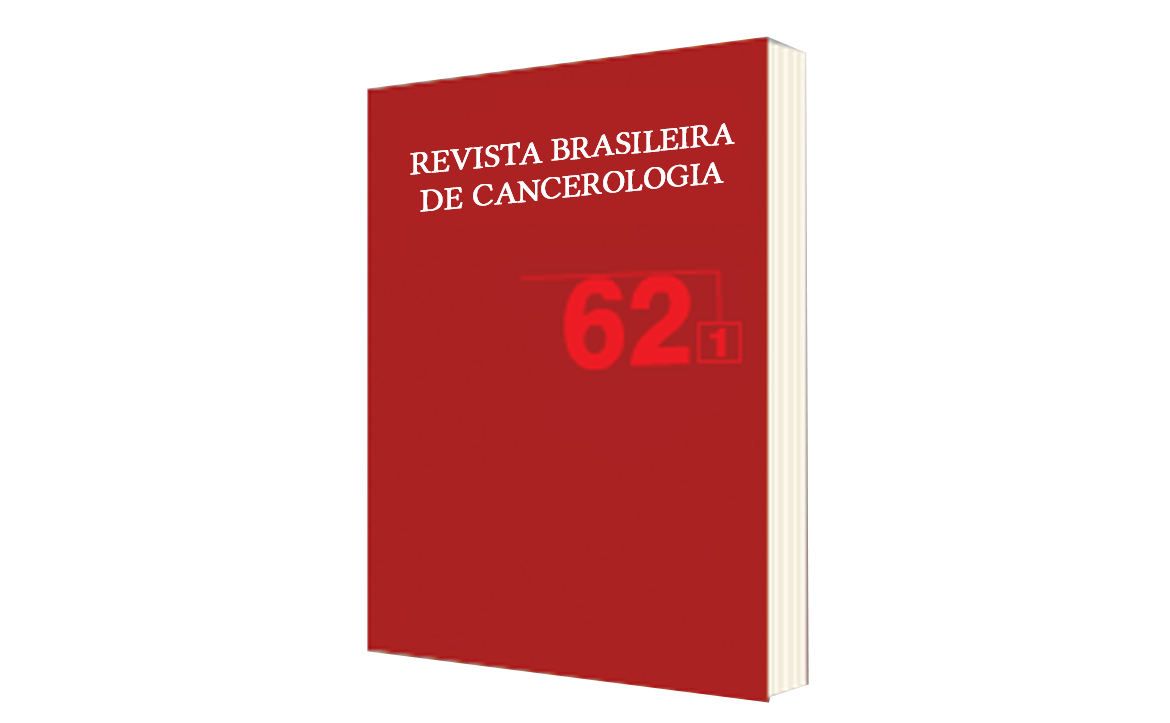Radiation Induced Sarcoma after Treatment of Glioblastoma: Case Report
DOI:
https://doi.org/10.32635/2176-9745.RBC.2016v62n1.414Keywords:
Glioblastoma, Radiotherapy/adverse effects, Sarcoma, Masculino, Case ReportsAbstract
Introduction: Glioblastoma multiforme and neoplasia is the deadliest cancer of the central nervous system, with survival rates averaging around 13 months and it shows the worst prognosis among all gliomas. The therapeutic approach of glioblastoma is based on a full neurosurgical resection of the tumor volume followed by radiotherapy and chemotherapy. Radiotherapy reduces the risk of recurrence by direct and indirect deoxyribonucleic acid damage of the tumor. The long-term effects of radiotherapy include tissue necrosis, vascular injury and neoplasia induced by radiation. The majority of secondary intracranial tumors and most commonly reported include meningiomas, gliomas and sarcomas. The latency period between the cranial radiotherapy and the onset of radiation-induced injuries in the literature varies between six months to 47 years, with an average of 18.7 years. Case report: This report describes the onset of spindle cell sarcoma of highly radiation-induced after ten months in a patient who received treatment of Glioblastoma at the General Hospital of the University of Sao Paulo Medical School, Ribeirao Preto. Conclusion: The rarity of this association is probably due to poor survival of patients with Glioblastoma, thus limiting the time for development of secondary malignancies.









